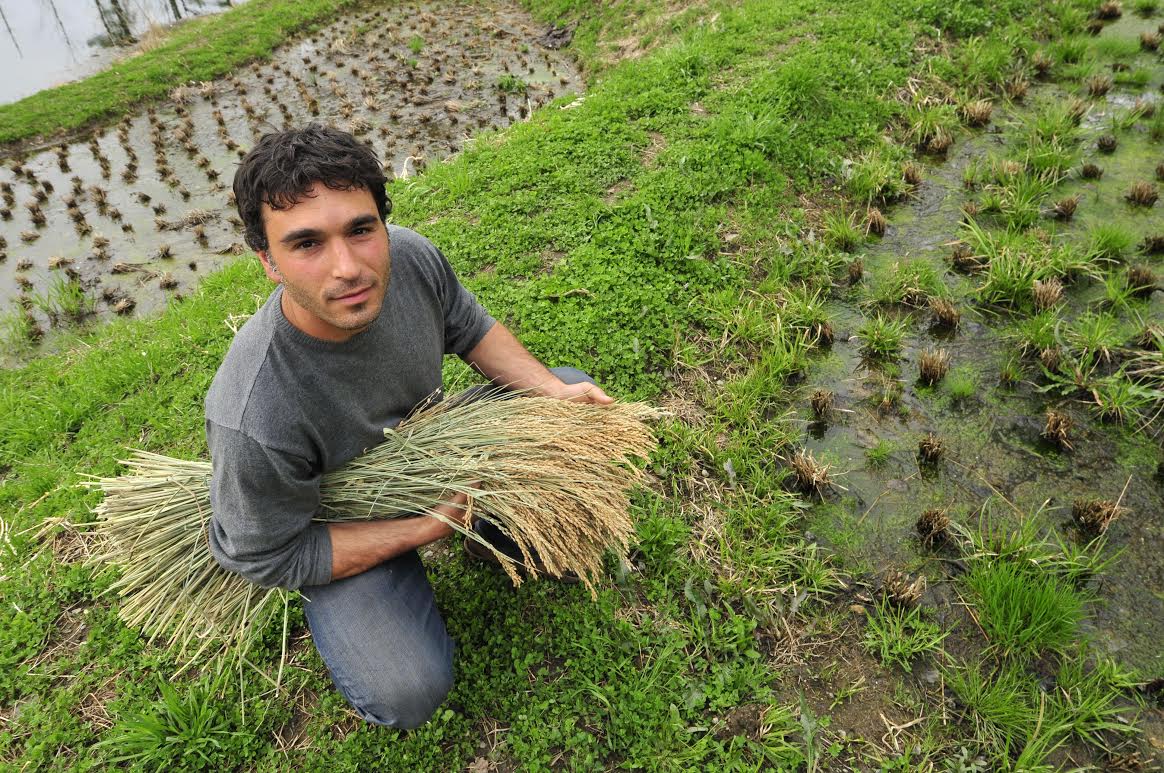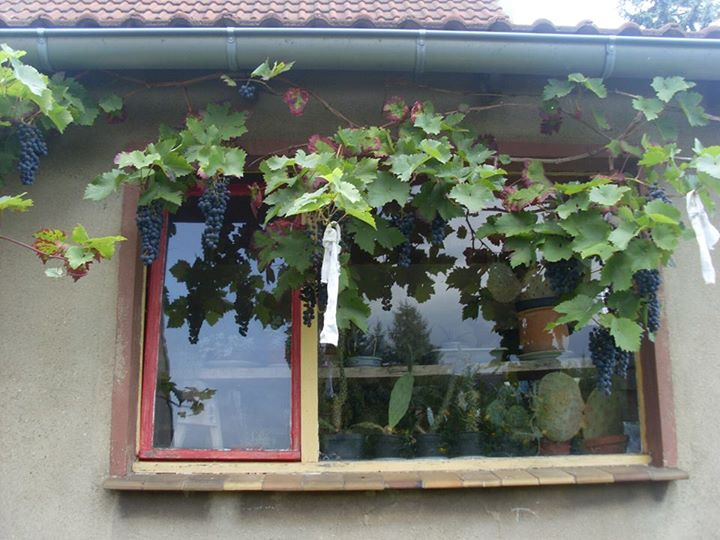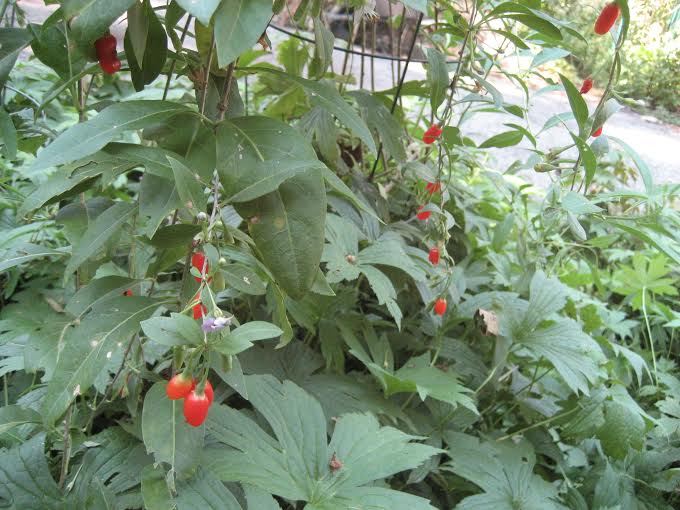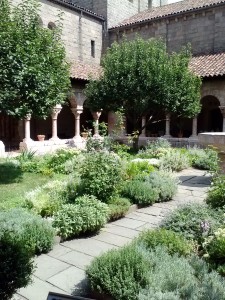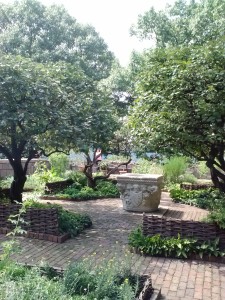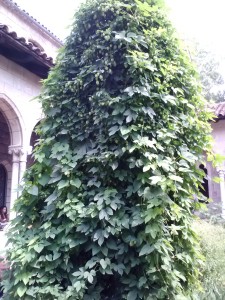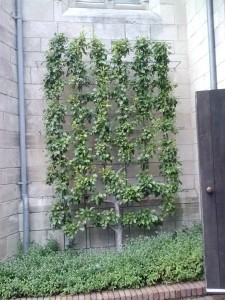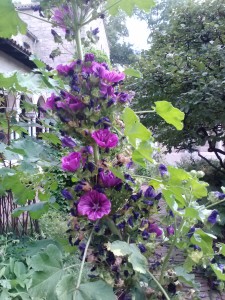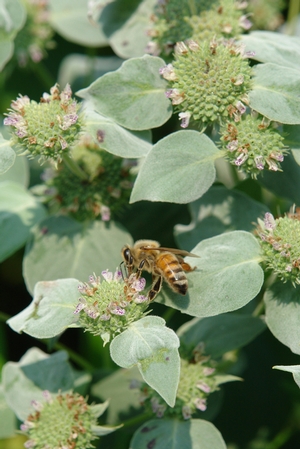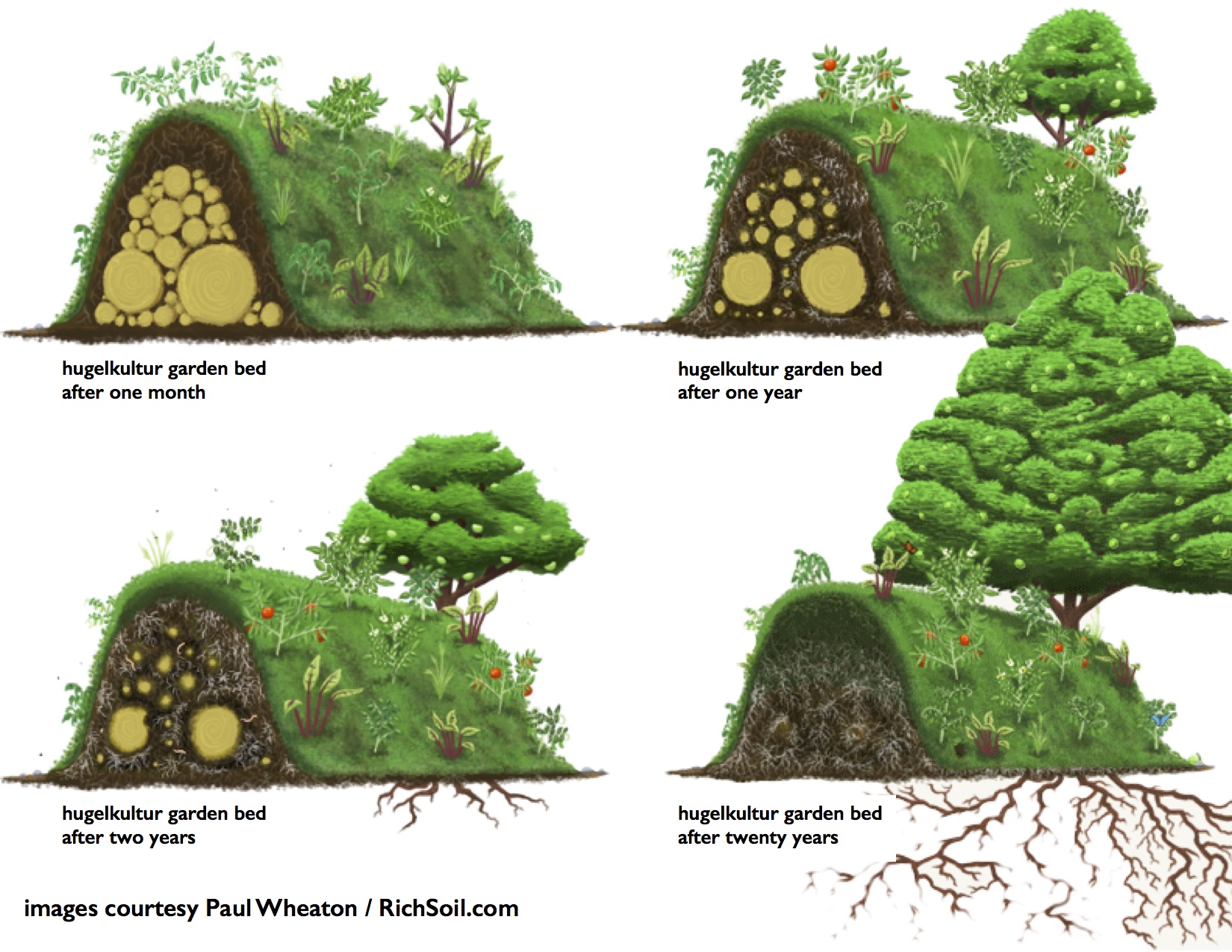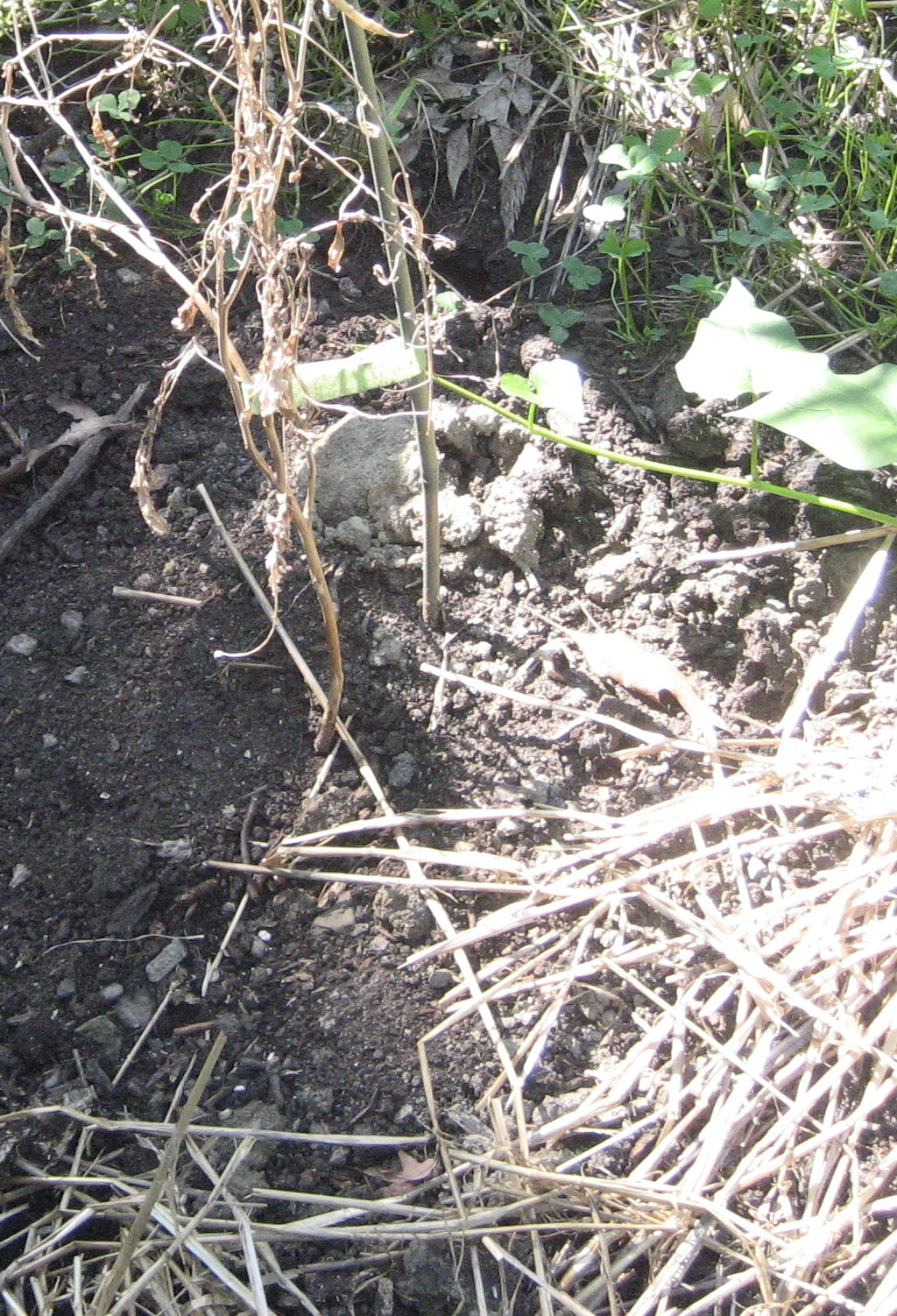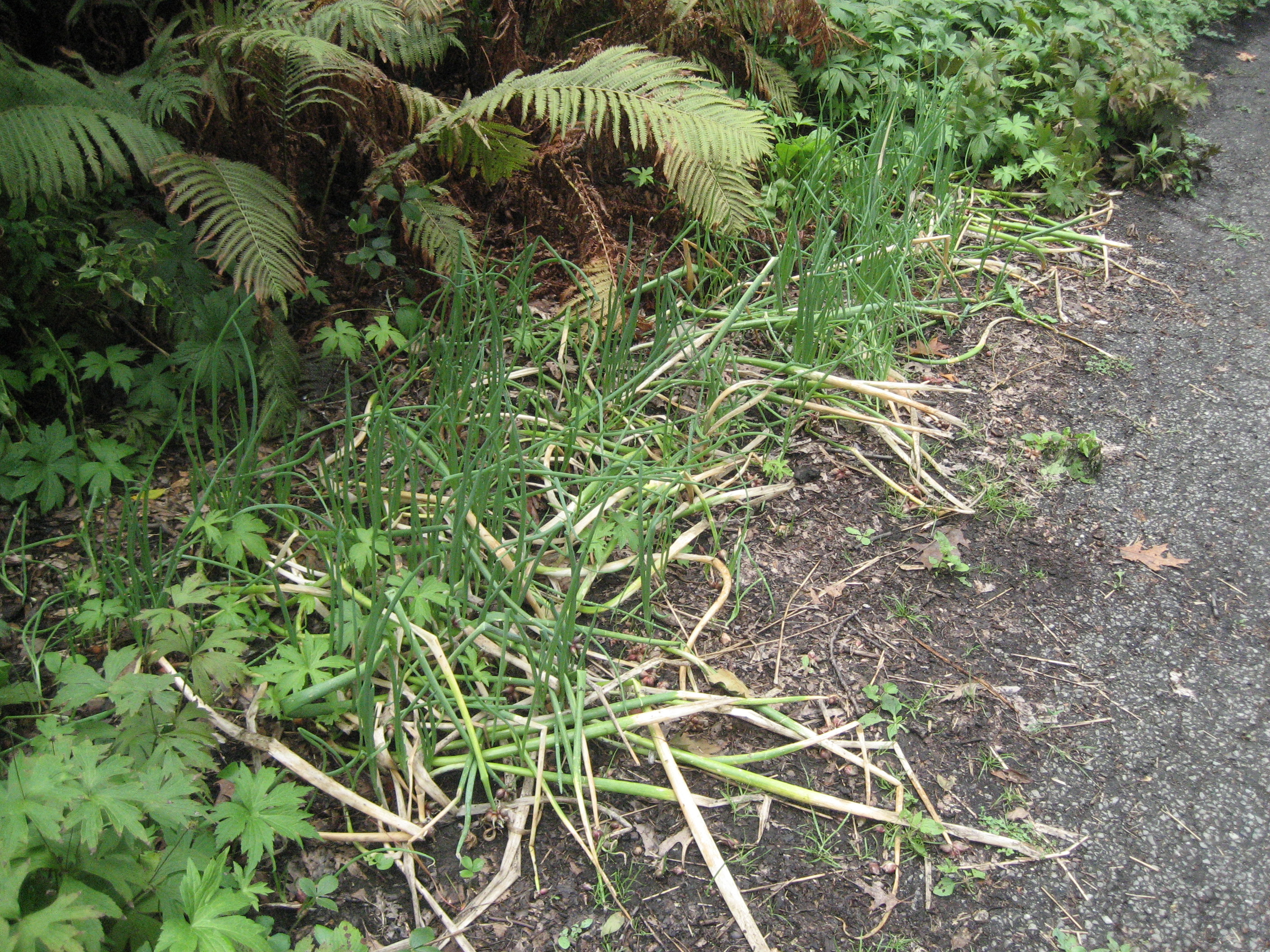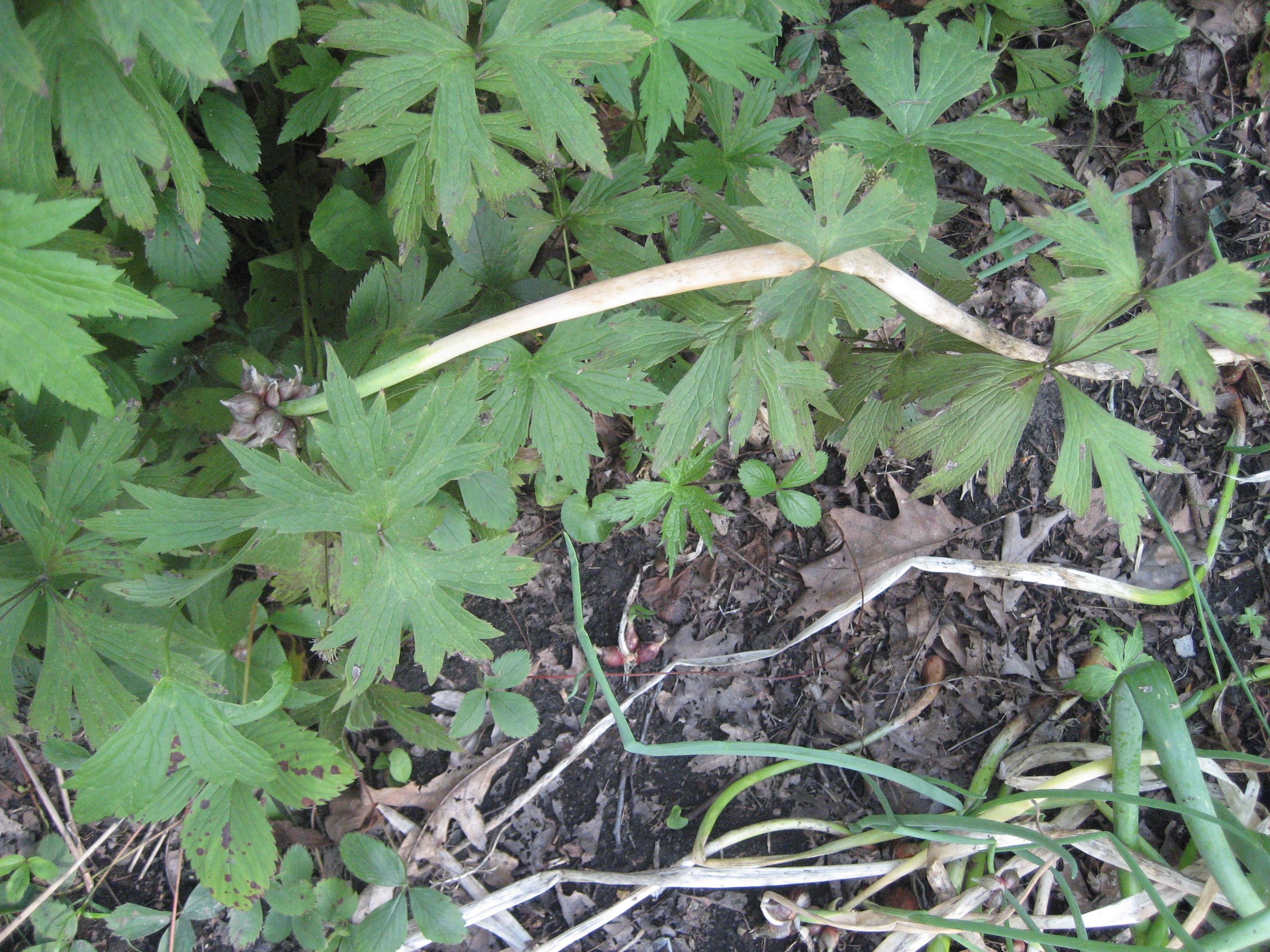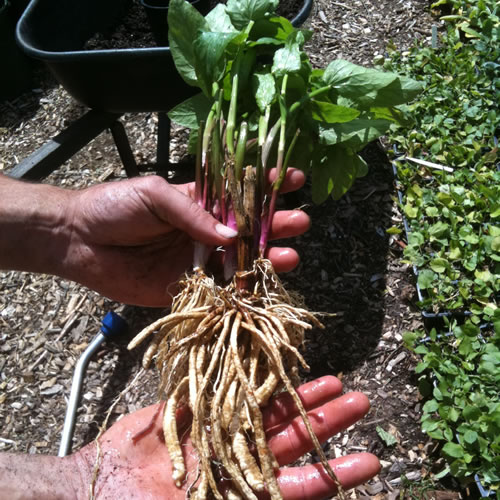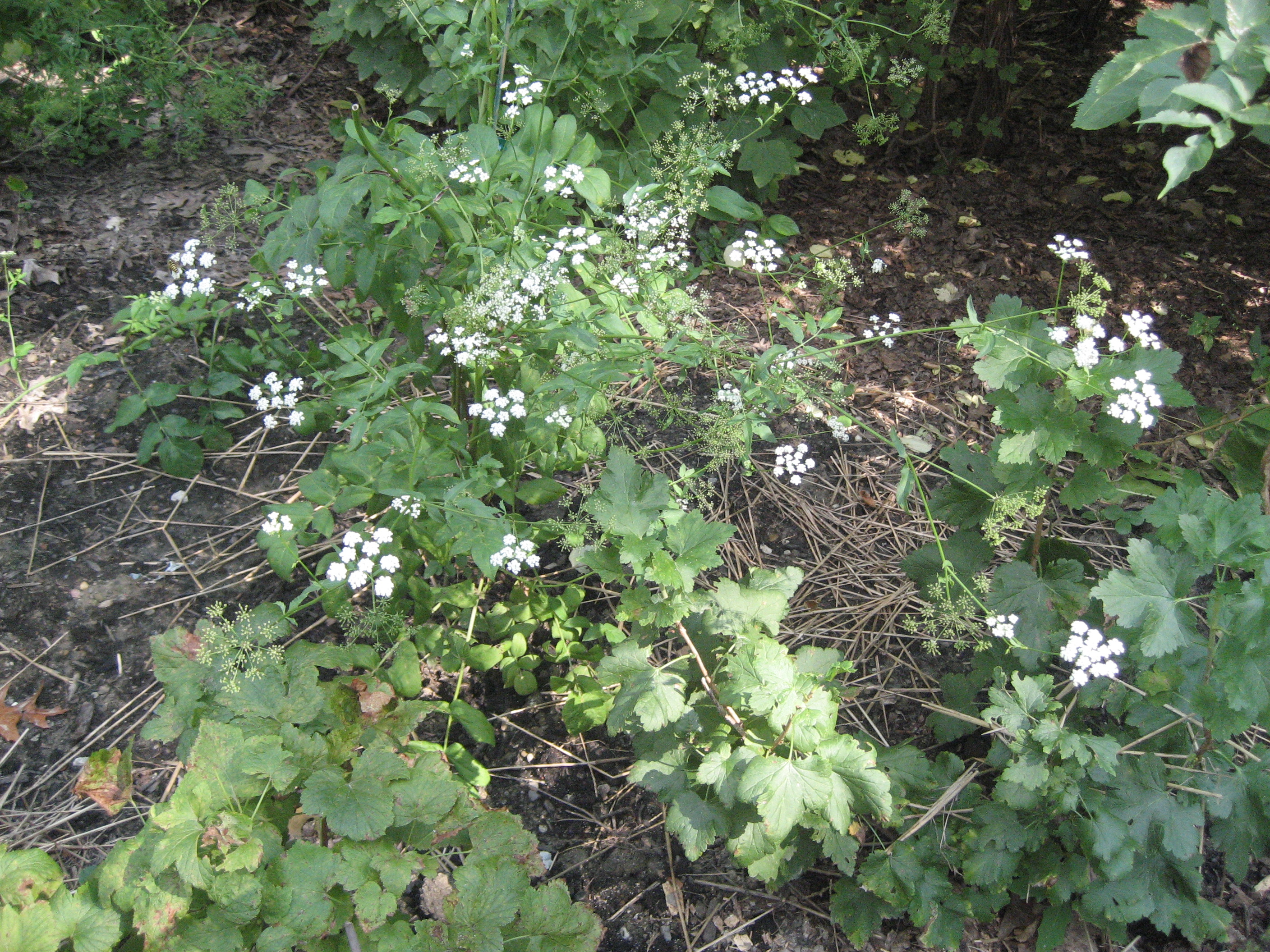by Tom Gibson
One of the risks of growing unusual perennial edibles is that you are never sure how much you will like them. Sometimes it takes a while. Which brings up lovage–an easy-to-grow perennial celery that thrives in partial shade.
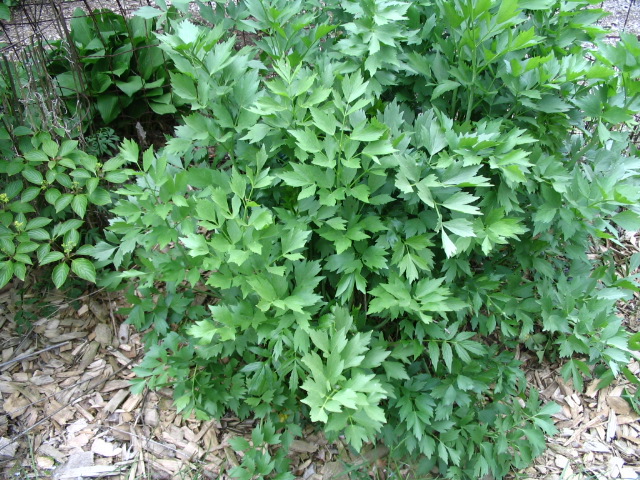
For the past couple years I’ve been adding lovage leaves occasionally to my scrambled eggs–pleasant enough, but nothing to really send me rushing into the garden for more. But tonight my wife made pasta with a zucchini-lovage sauce and hit the bullseye. The lovage tang was really came through.

Here’s the recipe:
Courgette (zucchini) and lovage pasta
A quick, easy dish. Serves four.
4 courgettes, about 400g
400g dried penne or fusilli
3 tbsp olive oil
Salt and freshly ground black pepper
2 garlic cloves, finely chopped
Zest of 1/2 lemon
1 small handful lovage leaves, finely shredded
80 g parmesan, grated (plus extra)
160g ricotta, broken into chunks
Trim the tops and bottoms off the courgettes, then shred into ribbons with a sharp vegetable peeler
Cook the pasta according to the packet instructions. Meanwhile, heat the oil in a large saucepan over medium-high heat, add the courgettes, season and saute until slightly golden, about five minutes. Add the garlic and lemon zest, fry for a minute. Stir in the lovage. Taste and season again.
Drain the pasta (reserve some cooking water) and toss with the courgettes, a couple of tablespoons of cooking water, parmesan, and ricotta. Serve in warmed bowls with more parmesan sprinkled on top.
